Massage Therapy: More than just a muscular experience
by Gillian Lalime
Slowing down and creating stillness may feel impossible at times. And yet, we can slow down. Practices such as meditation, yoga, breathwork, massage, and dance can help by allowing us to create a somatic experience which – in essence – connects the mind to the body. “I work to create a space for deep listening to the messages that are coming up, emotionally, physically and mentally. I aim to create a sense of safety to allow the body and mind to fully relax, easing tension and providing stress relief while targeting specific muscle groups that need attention,.” says Danielle Dickey, a licensed massage therapist and owner of Guided By Breath, LLC, which operates in Vassalboro.
 When asked about why she does what she does for work, Danielle says, “I love what I do. I deeply enjoy connecting people to their breath and bodies as I find most people in our world don’t truly breathe. We go throughout our days living in the sympathetic (fight, flight, freeze, faint, etc.) part of our nervous system”. Often, this manifests as taking unconscious, shallow breaths which fill only our chest, or lead to having a tight jaw and stomach. Taking the time to breathe deeply allows us to drop into the parasympathetic, or the ‘rest and digest ‘side of our nervous system. Lying on the table in Danielle’s massage studio, you will be encouraged to invite the breath all the way to the belly and lungs and to check in with the jaw. This action automatically stimulates the body to activate the parasympathetic nervous system.
When asked about why she does what she does for work, Danielle says, “I love what I do. I deeply enjoy connecting people to their breath and bodies as I find most people in our world don’t truly breathe. We go throughout our days living in the sympathetic (fight, flight, freeze, faint, etc.) part of our nervous system”. Often, this manifests as taking unconscious, shallow breaths which fill only our chest, or lead to having a tight jaw and stomach. Taking the time to breathe deeply allows us to drop into the parasympathetic, or the ‘rest and digest ‘side of our nervous system. Lying on the table in Danielle’s massage studio, you will be encouraged to invite the breath all the way to the belly and lungs and to check in with the jaw. This action automatically stimulates the body to activate the parasympathetic nervous system.
Danielle’s journey to becoming a massage therapist was a long one. At age 19, during a challenging period of life, she and a friend attended a yoga class. Little did she know this moment would open a door to a future career path. “Looking back, connecting with my body was a pretty big deal for me… it was exactly what my body, heart, and mind needed.” Finding the class helpful, Danielle began looking into other alternative health practices to incorporate into her lifestyle.
Out of college, Danielle worked as a CNA with Alzheimer’s patients, went through training to become a certified birth and postpartum doula, and spent time working with preschool age children. Danielle’s work has always required compassion and patience, and yet, “I was struggling with the fact that I’m a very empathic person and I wanted a career that could highlight that.” Yoga and bodywork offered tools for grounding herself while helping others. Over time, Danielle felt the calling to become a yoga teacher. “It has truly helped me in so many ways. Yoga is always there for you. Particularly now as a mother, my relationship with yoga has changed. What the body, soul and mind go through during these childbearing years has been huge and yoga and bodywork have been my best tools to call upon. Being able to connect to your body on very busy days…it’s the most important thing you can do for yourself. I’m a firm advocate for meeting yourself where you are at…some days grabbing a tennis ball to do self massage or doing breathwork is the best I can do and that is okay!”.
Danielle completed a local yoga teacher training program and has since participated in further courses focused on trauma-sensitive yoga, and she is grateful to all she learned. Currently, Danielle works with clients in individualized sessions focusing on restorative, prenatal, yin and gentle yoga.
While completing her yoga teacher training, she decided to take the opportunity to enroll in Massage Therapy School. “I loved the massage program. It went hand-in-hand with yoga. I loved learning the anatomy, which built upon [my] previous knowledge from CNA training.” Over the last five years Danielle has been a Licensed Massage Therapist (LMT) in a variety of settings and understands how important it is to be present with each client. “I value the time to sit with my clients, both during intake and post-massage. As the business owner, I enjoy being able to get to know my clients as people and fellow community members.”
Danielle launched her business, Guided by Breath, in 2018, and has recently moved into her own space in the offices of Maine Family Natural Health, in Vassalboro. She offers prenatal and postnatal massage, trigger point therapy, breathwork, Swedish massage, assisted stretching, cupping, aromatherapy and corporate chair massage.
“People are so appreciative. What I love about chair massage is that it makes massage accessible to people who wouldn’t otherwise take the time to do it.” Danielle encourages her clients to practice self-massage and work out trigger points in tight muscles by using objects such as a tennis or lacrosse ball. She brings an understanding of anatomy and basic ergonomics into sessions, offering small adjustments to her clients’ work positioning such as the way you move your mouse. For folks whose occupations are computer-based, she says, this can make a huge difference in preventing future hand, wrist, and shoulder injury.
Danielle also works with people who are recovering from surgery, people who have had cancer, serious injury, managing menopause symptoms, and those who have had pregnancies or miscarriages. “I really want to support women and moms in our community.” Being a mother herself, she understands the mental, emotional, and physical shifts that happen throughout pregnancy, birth, and raising a little one. “For prenatal and postnatal clients I work side-lying, targeting muscle groups that get taxed during pregnancy in the low back, glutes and hamstrings. I also focus a lot on forearms, wrists, neck and shoulders…all of which become strained with a new baby. Danielle explains how engaging a side-lying position creates a more targeted approach for the low back and is a safer experience for pregnant or injured clients. “This work requires being fully present, checking in with the client often and following their lead. Now, I recognize that being empathic makes me the best therapist I can be.”
“So much comes up in massage…it’s more than just a muscular experience.”
Danielle explains, “Oxytocin (the love hormone) along with other hormones are released for both practitioner and receiver. Increased blood circulation and circulation of the endocrine system are just a few benefits of massage.” Massage and yoga allow everyone the space and setting to focus on the breath and tap into their inner workings.
Guided by Breath is a massage therapy and private yoga practice, located at 12 Priest Hill Road, in North Vassalboro, in the building of Maine Family Natural Health. Danielle is excited to be taking on new clients, particularly women’s health focused and is by appointment only. She is grateful to offer this work within her home community.
Danielle Dickey-Hefeits is currently accepting new clients at her practice in North Vassalboro. Danielle is a Licensed Massage Therapist and Yoga Teacher. To learn more, please visit her website: https://www.guidedbybreath.com/ or call 207-578-4090.


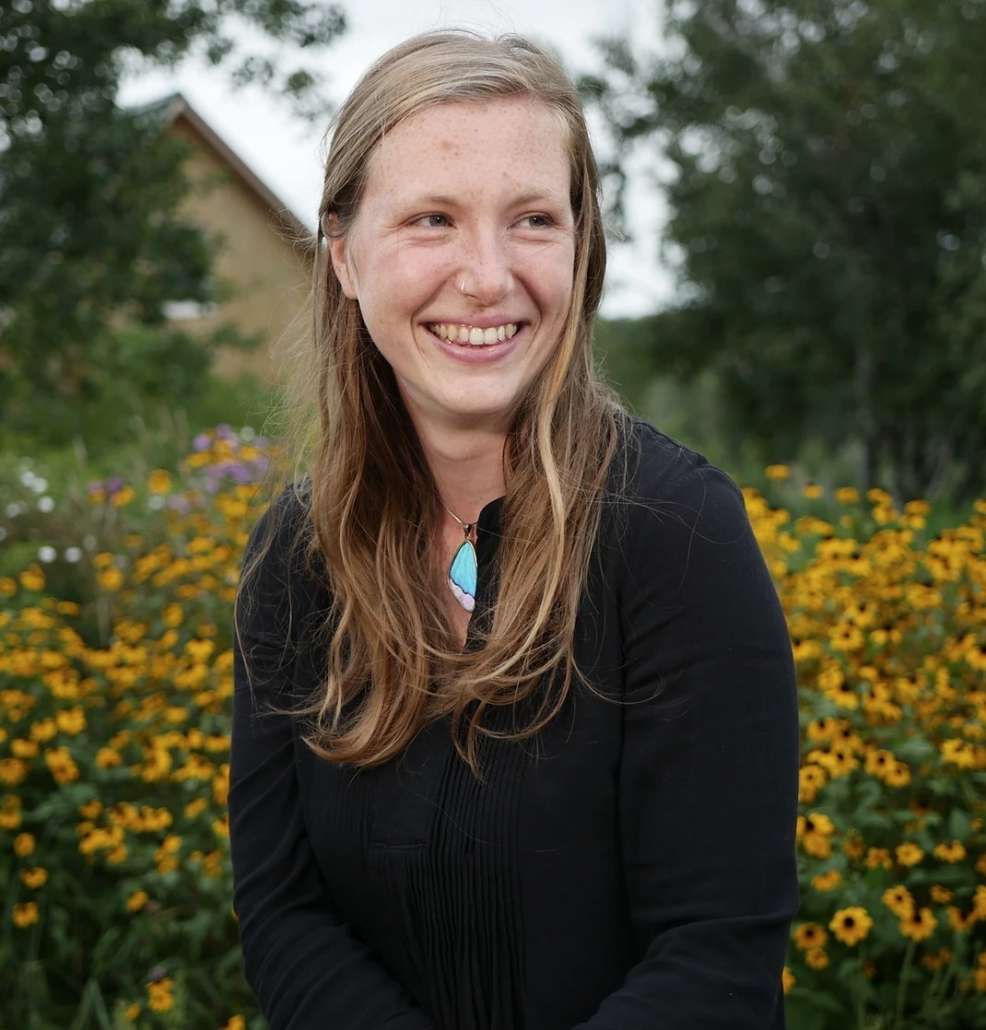
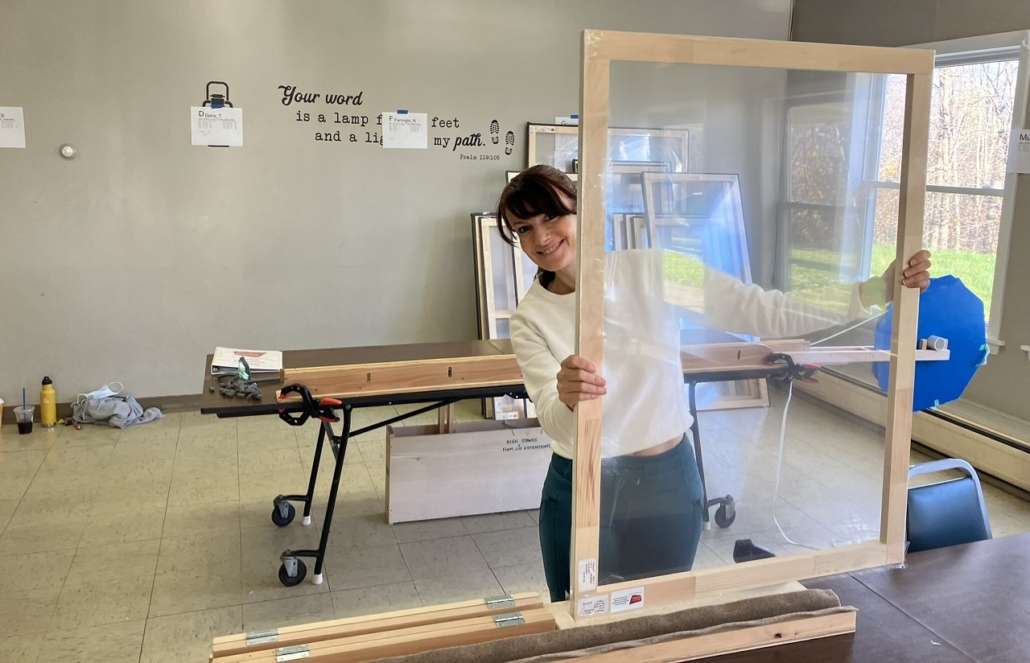
 Join Kennebec Land Trust staff and volunteer property stewards to take advantage of the full moon for a hike at the Davidson Nature Preserve on Monday, November 27 at 5:30 p.m. Bring what you need to be comfortable for a night walk, including a headlamp or flashlight, warm clothes, water, snacks etc. The family-friendly hike will be approximately one mile long. For more information or to RSVP, contact Marie at
Join Kennebec Land Trust staff and volunteer property stewards to take advantage of the full moon for a hike at the Davidson Nature Preserve on Monday, November 27 at 5:30 p.m. Bring what you need to be comfortable for a night walk, including a headlamp or flashlight, warm clothes, water, snacks etc. The family-friendly hike will be approximately one mile long. For more information or to RSVP, contact Marie at 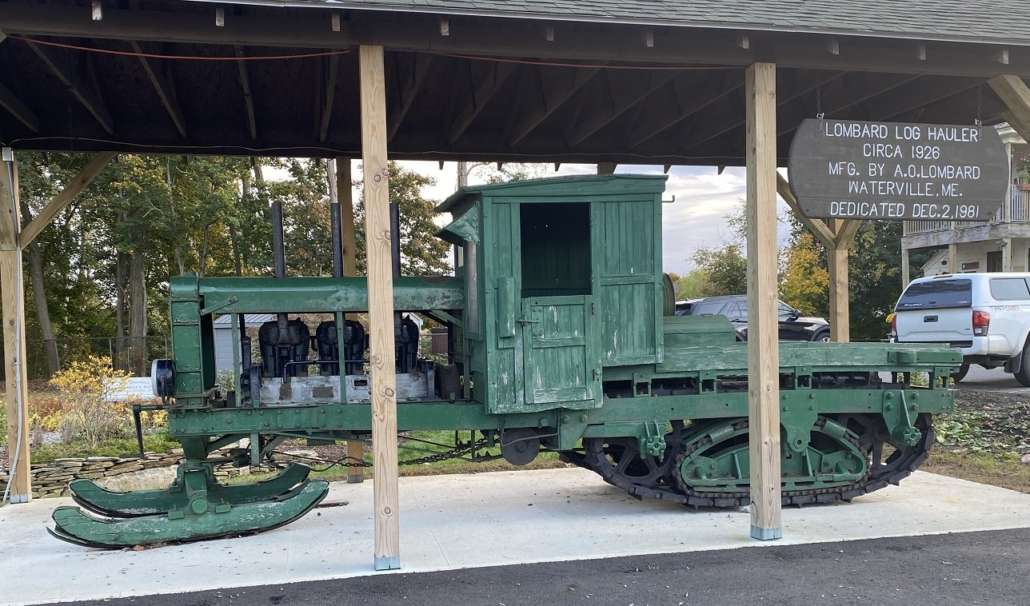
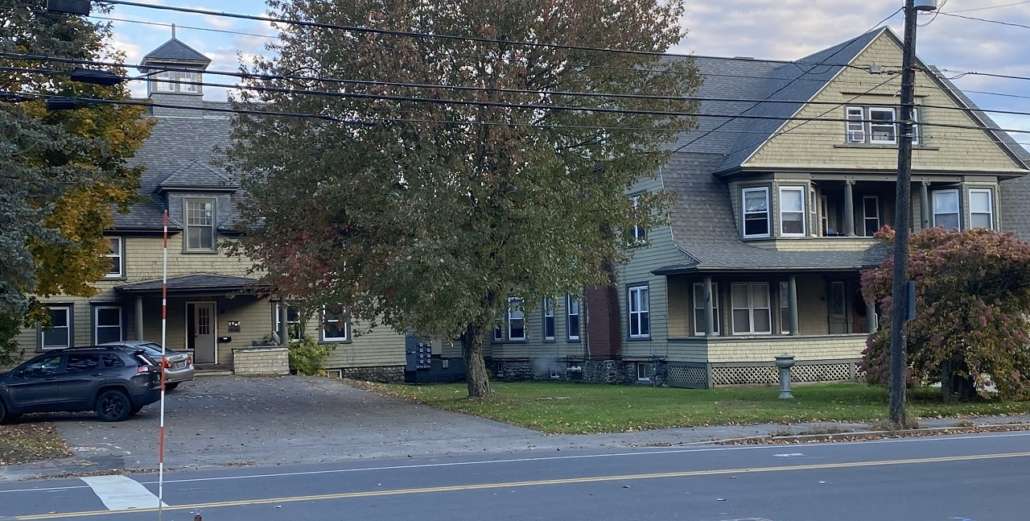
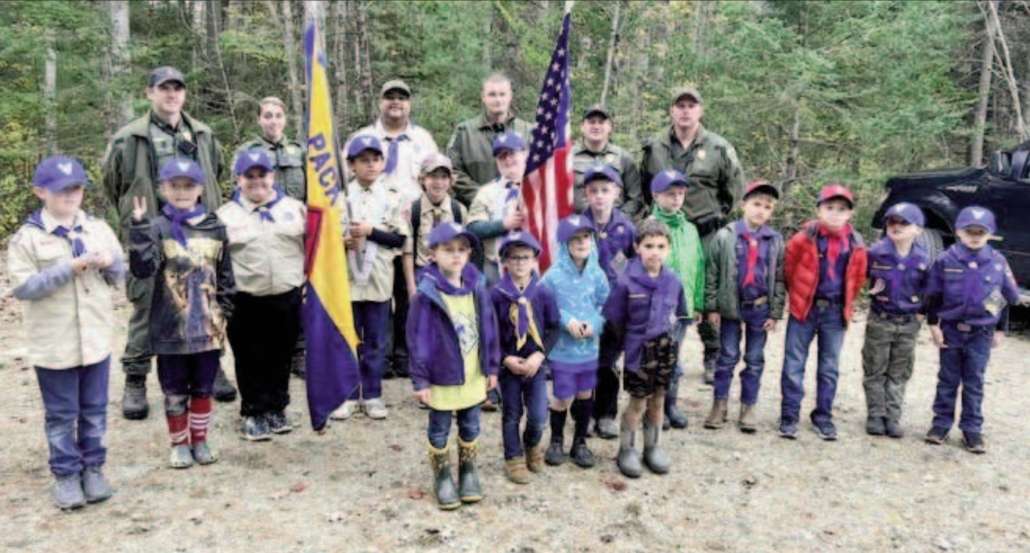
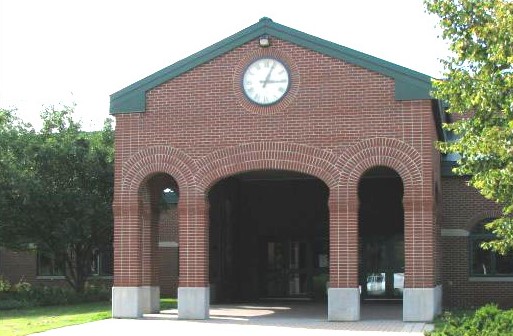
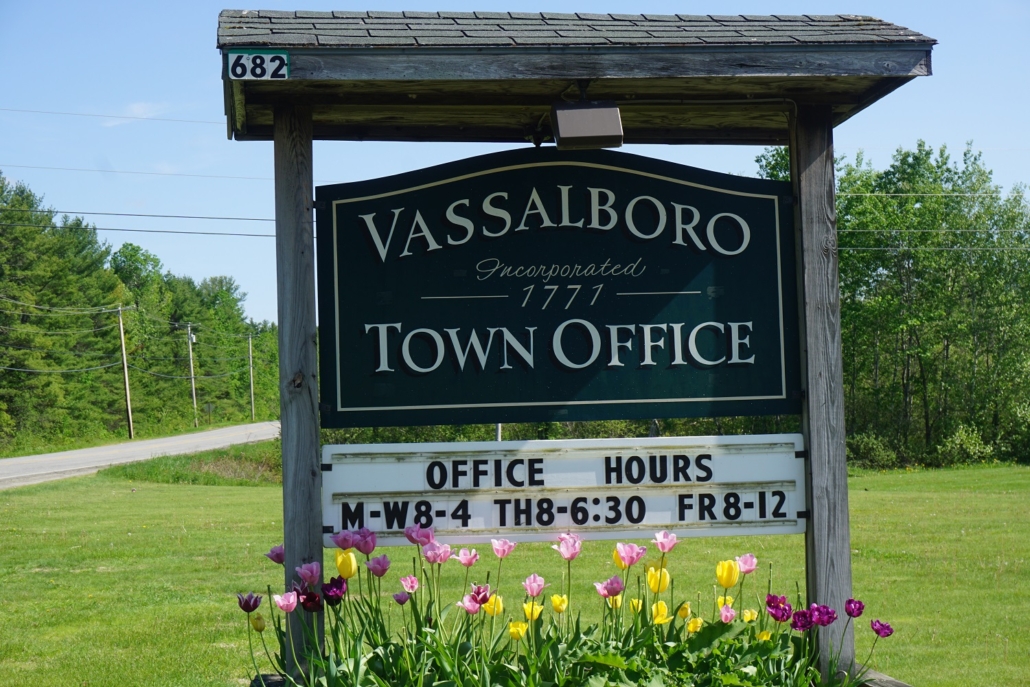

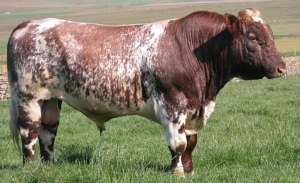
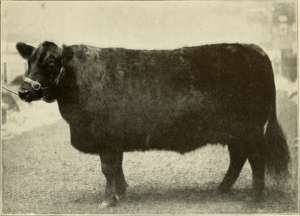
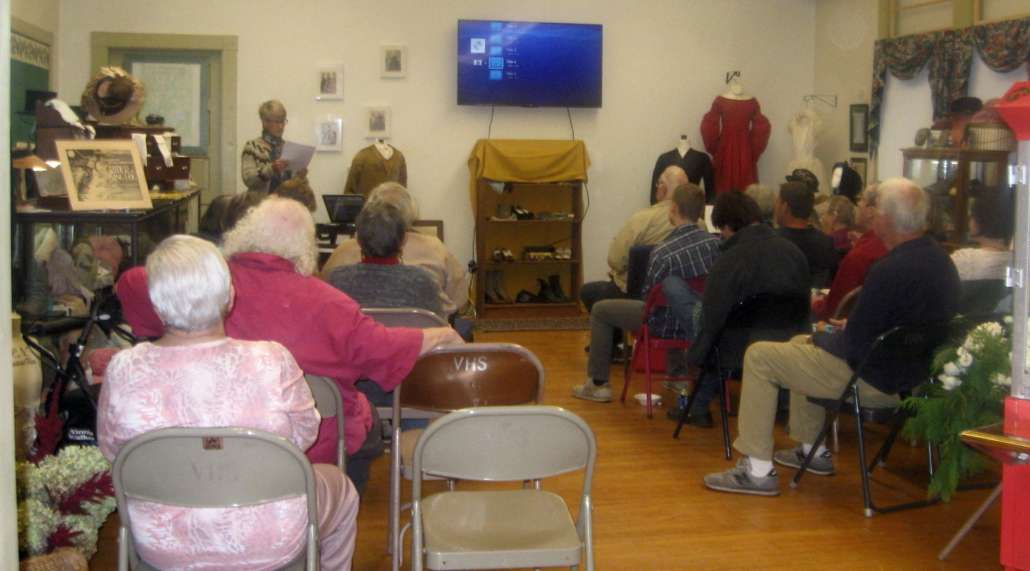
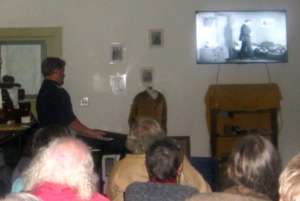
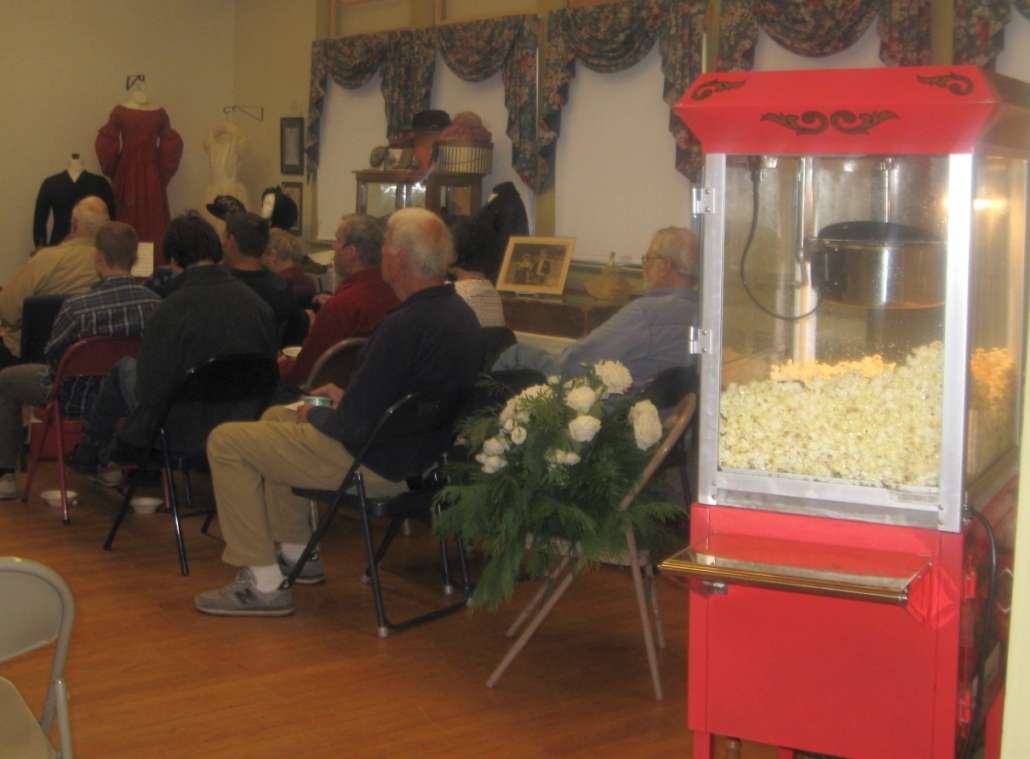
 Thanks to the
Thanks to the